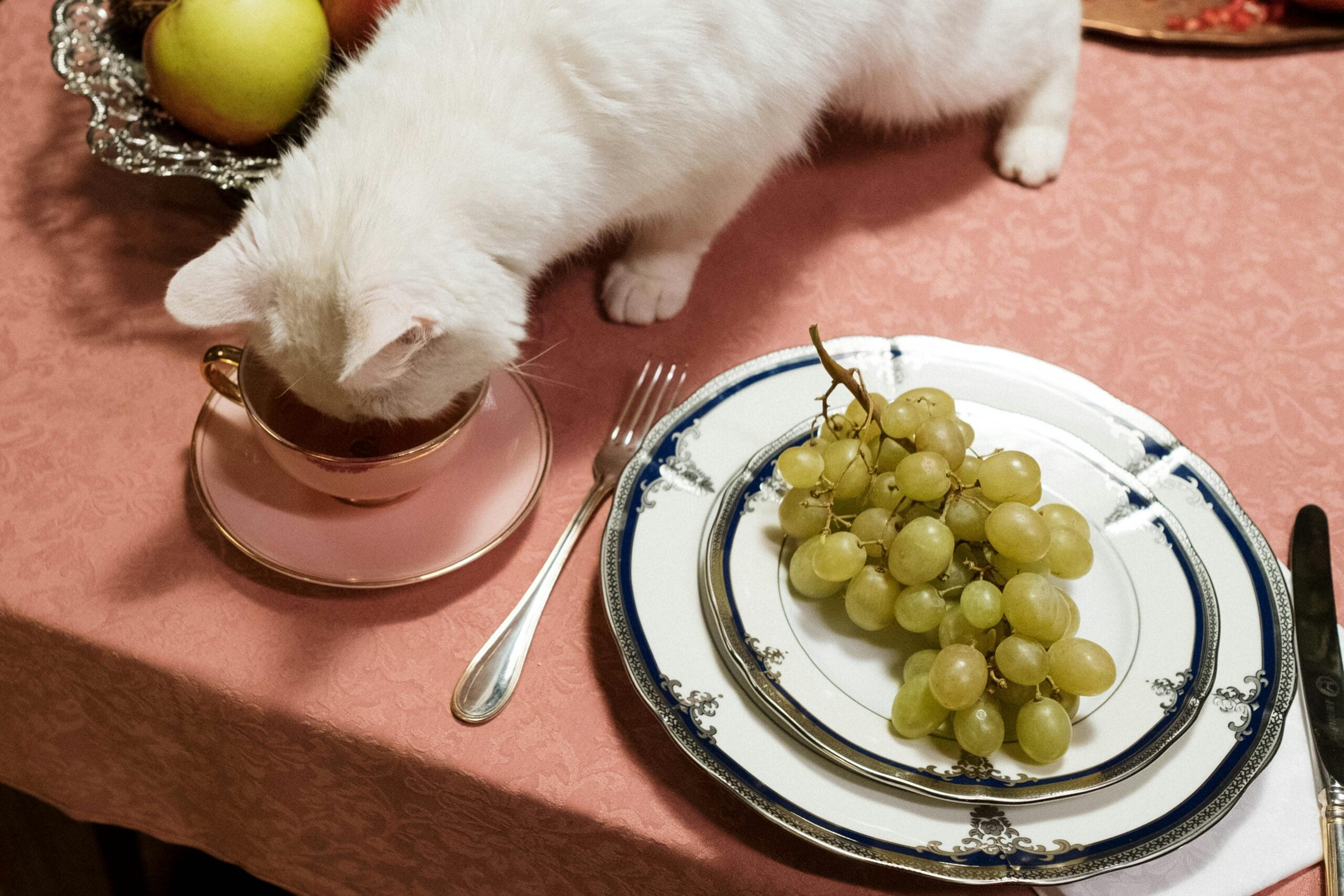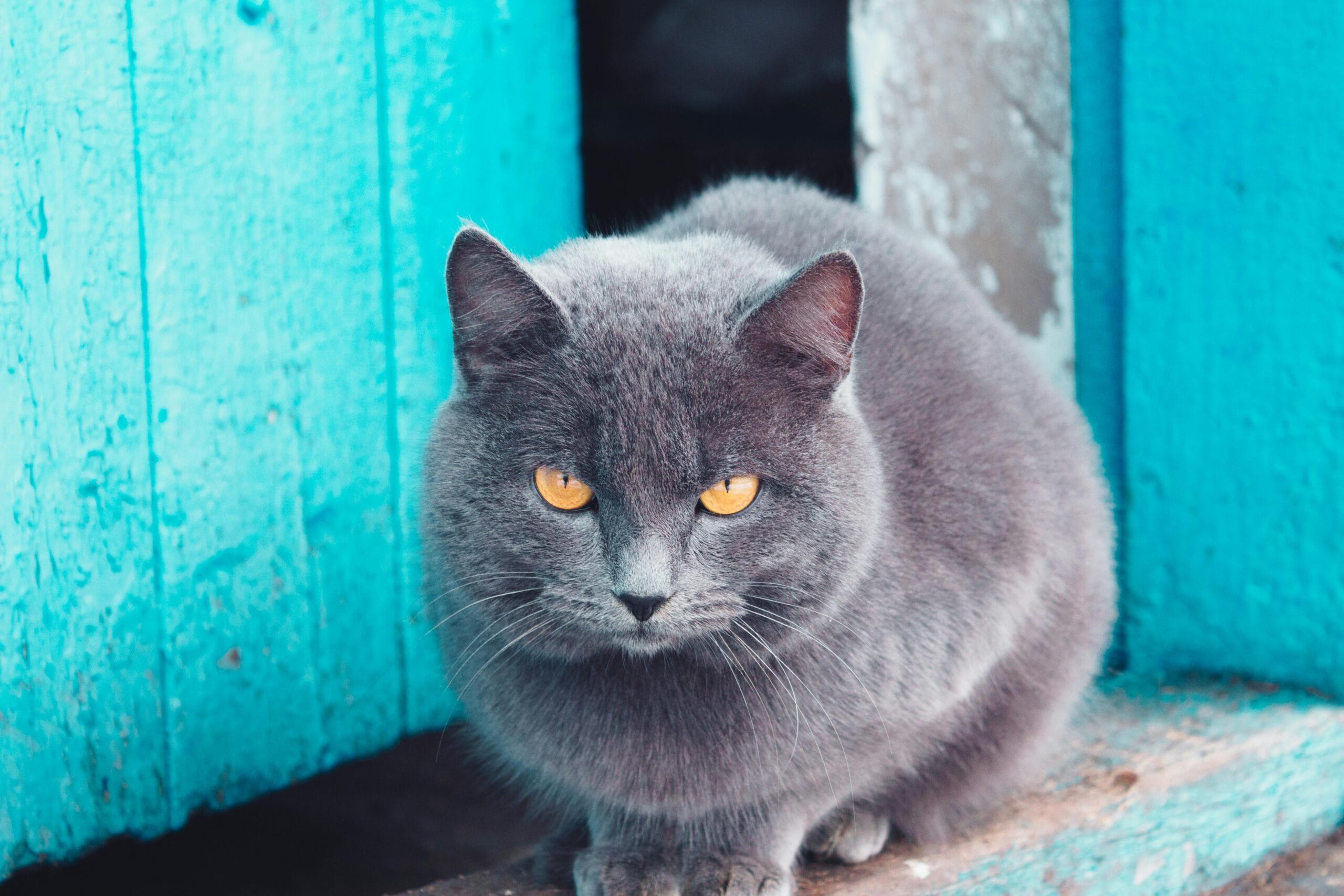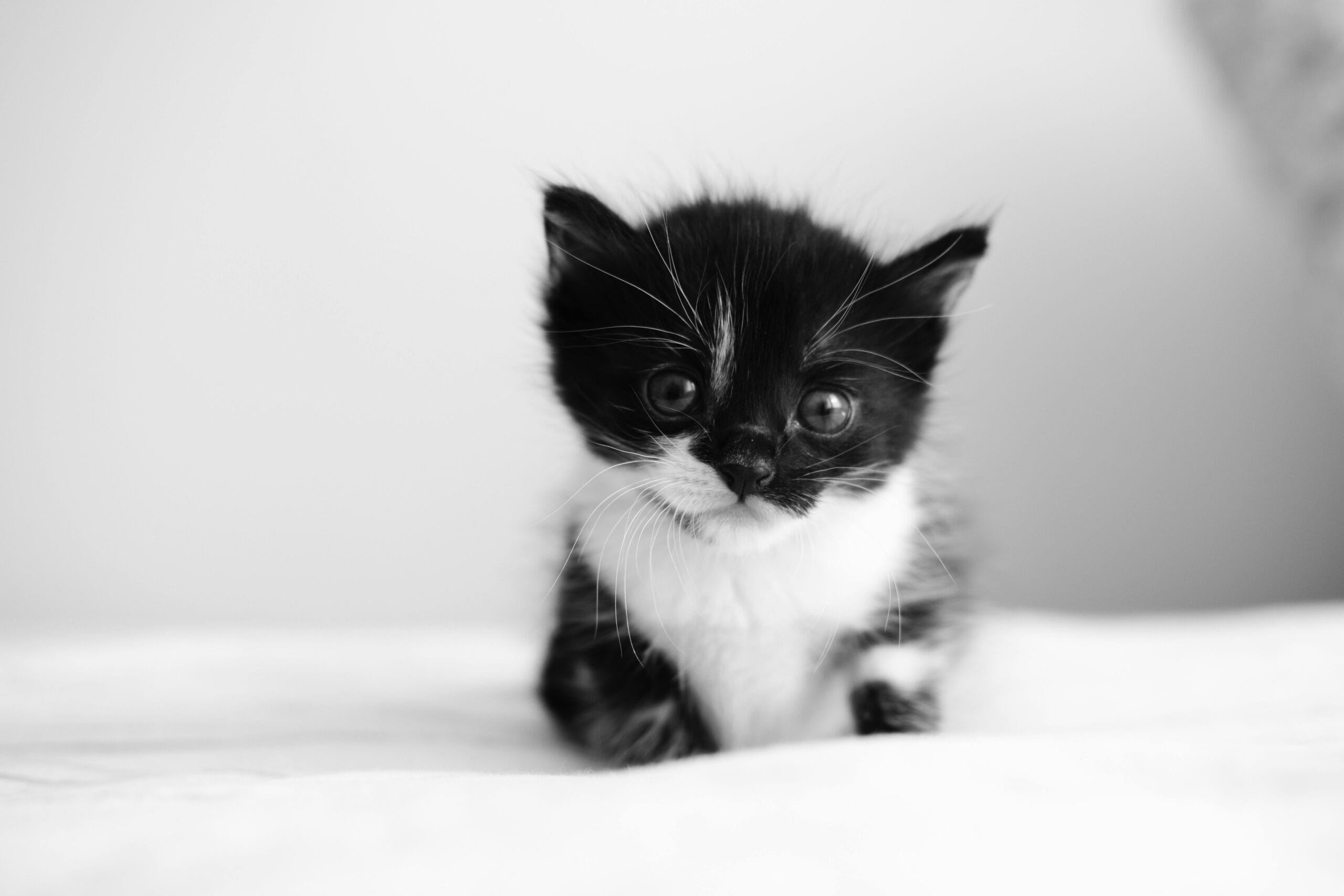Can Cats Have Cherries ?

Can cats have cherries? Are cherries poisonous to cats? Find out if cherries and cats mix! Discover the risks and learn crucial information about cherry toxicity in felines. Protect your furry friend – read now!
Can Cats Have Cherries? A Comprehensive Guide to Cherry Safety for Feline Friends
The question, “**Can cats have cherries?**” is a crucial one for any cat owner. The simple answer is no, cats should not eat cherries. While a small nibble might not immediately cause catastrophic harm, cherries and their components contain substances potentially toxic to cats. This article delves into the specifics of why cherries are dangerous for cats, explores the different parts of the cherry that pose the greatest risk, and offers advice on what to do if your cat ingests any part of this fruit. We’ll cover the question: **Are cherries poisonous to cats?** in detail.
Understanding the Dangers: Why Are Cherries Poisonous to Cats?
**Are cherries poisonous to cats?** Yes, several components within cherries contribute to their toxicity for cats. The most significant threat comes from **cyanogenic glycosides**, specifically amygdalin, found in the pits, stems, and leaves of cherries. When ingested, these compounds release cyanide, a potent toxin that can interfere with cellular respiration, leading to a range of adverse effects. The amount of cyanide released depends on various factors, including the type of cherry, the amount consumed, and the cat’s individual metabolism. Even seemingly innocuous amounts can be dangerous for cats, given their smaller size compared to humans or larger animals.
Beyond cyanide, cherries contain other substances that can upset a cat’s digestive system. The sugar content in cherries can lead to diarrhea, vomiting, and potentially more serious gastrointestinal issues, especially in cats with pre-existing health conditions. The pits themselves pose a mechanical hazard. Cats often lack the ability to properly digest hard objects; therefore, a swallowed cherry pit can cause intestinal blockages, a life-threatening condition requiring immediate veterinary intervention.
Specific Cherry Components and Their Risks to Cats: Cherries and Cats
Let’s break down the specific parts of the cherry and the dangers each presents to feline companions:
Cherry Pits: The Biggest Threat
The pits contain the highest concentration of amygdalin, making them the most dangerous part of the cherry. Even a small amount of crushed pit can release enough cyanide to cause serious problems. Ingestion can lead to symptoms such as rapid breathing, dilated pupils, weakness, tremors, and even collapse. **Can cats have cherries** if they just eat the flesh? While the flesh itself is less toxic, the risk of accidental pit ingestion makes it crucial to keep all parts of the cherry away from your cat.
Cherry Stems and Leaves: Hidden Hazards
Similar to the pits, the stems and leaves of cherries also contain amygdalin. While the concentration may be lower, they still pose a risk, especially if consumed in larger quantities. These parts are often overlooked, yet they can contribute to the overall toxicity if ingested by your cat.
Cherry Flesh: A Lesser Risk, but Still Risky
While the flesh of the cherry contains significantly less amygdalin than the pits, stems, and leaves, it’s still not advisable to let your cat consume it. The high sugar content can lead to digestive upset, and the risk of accidentally ingesting other toxic parts remains. Therefore, even though the flesh is the “least bad” part, it’s best to completely avoid feeding your cat any part of a cherry.
Symptoms of Cherry Poisoning in Cats
If you suspect your cat has ingested any part of a cherry, watch for the following symptoms:
- Vomiting
- Diarrhea
- Loss of appetite
- Lethargy
- Weakness
- Difficulty breathing
- Dilated pupils
- Tremors
- Seizures
- Collapse
The onset and severity of symptoms can vary depending on factors mentioned earlier. If you observe any of these signs, it’s crucial to seek immediate veterinary attention. Delaying treatment can lead to serious complications, even death.
What to Do If Your Cat Eats a Cherry
Immediate action is crucial if your cat consumes any part of a cherry. First, try to determine how much your cat ate and what parts of the cherry were ingested. This information is vital for your veterinarian. Next, contact your vet or an animal poison control center immediately. The ASPCA Animal Poison Control Center is a valuable resource and can provide guidance on managing the situation.
Do not attempt to induce vomiting at home unless specifically instructed by a veterinary professional. Some methods of inducing vomiting can cause more harm than good. Follow your vet’s or the poison control center’s instructions carefully.
Preventing Cherry Ingestion in Cats
The best course of action is prevention. Keep all cherries (fresh, dried, frozen, or in any processed form) out of reach of your feline companion. This includes removing cherry pits and stems promptly after eating cherries yourself. Discarding the remnants securely in a trash can that your cat cannot access is crucial. Educate family members and house guests about the dangers of cherries for cats to ensure everyone is on board with keeping your furry friend safe.
Alternative Safe Treats for Your Cat
Cats have unique dietary needs, and it’s vital to provide them with treats that are both safe and nutritious. Consult with your veterinarian regarding appropriate snacks for your cat. Many commercially available cat treats are designed to meet your cat’s nutritional needs. Remember, **cherries and cats** are not a safe combination.
While some might consider the occasional nibble harmless, the risks associated with **cherries and cats** are significant. The potential for cyanide poisoning and digestive upset outweighs any potential benefit of offering cherries. There’s abundant information available about safe alternatives, and seeking veterinary guidance will ensure your cat receives the best care.
For a comprehensive understanding of toxic plants for pets, including further details on cherry toxicity, you can refer to resources like the Pet Poison Helpline. This resource provides detailed information on toxic substances and offers valuable support for pet owners facing poisoning emergencies. Their website contains a vast database of toxic substances for pets, including detailed information on symptoms and treatments.
Another reliable source for information on pet safety is the Veterinary Centers of America (VCA) Hospitals. They have detailed articles about pet health concerns that can be extremely helpful.
Have You Had a Cherry-Related Incident with Your Cat?
Share your experiences and insights in the comments below! Let’s build a community to educate each other on the importance of understanding the risks of **cherries and cats**, and to share tips on how to keep our feline friends safe.

Can Cats Have Cherries? 10 FAQs
Here are 10 frequently asked questions about cats and cherries, addressing the core concern: Can cats have cherries? and related keywords: are cherries poisonous to cats, cherries and cats.
1. Can cats have cherries?
No, cats should not eat cherries. While a small amount might not cause immediate harm, cherries and their pits contain compounds like cyanide which are toxic to cats. Are cherries poisonous to cats? Yes, they can be, especially the pits.
2. Are cherries poisonous to cats?
Yes, cherries contain cyanogenic glycosides, which release cyanide when digested. This makes all parts of the cherry – the fruit, stem, leaves, and especially the pit – potentially dangerous to cats. Cherries and cats are a potentially harmful combination.
3. What happens if my cat eats a cherry?
The severity depends on the amount ingested. Small amounts might cause no noticeable symptoms, while larger amounts can lead to vomiting, diarrhea, weakness, rapid breathing, and in severe cases, seizures and death. If you suspect your cat has eaten a cherry, contact your veterinarian immediately.
4. Are cherry stems poisonous to cats?
Yes, cherry stems also contain cyanogenic glycosides and should be kept away from cats. Even small amounts can be problematic.
5. Are cherry pits poisonous to cats?
Absolutely. Cherry pits are the most dangerous part of the cherry for cats. They contain a concentrated amount of cyanogenic glycosides. Can cats have cherries containing pits? Definitely not.
6. What are the symptoms of cherry poisoning in cats?
Symptoms can vary depending on the amount ingested but may include vomiting, diarrhea, loss of appetite, weakness, difficulty breathing, dilated pupils, tremors, and seizures. Immediate veterinary attention is crucial.
7. How much cherry is toxic to a cat?
There’s no definitive amount. The toxicity depends on the size of the cat, the type of cherry, and the amount of cyanide released. Even a small amount can be harmful; it’s best to avoid any contact altogether.
8. My cat licked a cherry, should I worry?
A quick lick is unlikely to cause significant harm. However, monitor your cat closely for any unusual symptoms. If you notice anything concerning, contact your vet.
9. What should I do if my cat eats a cherry?
Contact your veterinarian or an animal poison control center immediately. They can advise you on the best course of action based on the amount eaten and your cat’s size and health.
10. What are safe fruits for cats to eat?
Safe fruits for cats in moderation include blueberries, bananas (small amounts), and cranberries. Always introduce new foods gradually and monitor your cat for any adverse reactions. Remember, cherries and cats are not a safe combination.

Can Cats Have Cherries? A Guide to Safety and Health
Cherries, while a delicious treat for humans, pose a significant risk to cats. The answer is a resounding no. Cats should never be given cherries in any form – fresh, dried, or cooked. This is due to the presence of several harmful compounds.
Why Cherries Are Dangerous for Cats
Cyanide Compounds: Cherry pits and stems contain cyanogenic glycosides, which release cyanide when ingested. Cyanide is a potent toxin that can cause serious health problems, even death, in cats.
Gastrointestinal Upset: Even without the pits and stems, the fruit itself can cause digestive issues such as vomiting and diarrhea in cats. Their sensitive systems aren’t equipped to handle the sugars and other components found in cherries.
Health Considerations and Symptoms
If your cat ingests any part of a cherry, watch for these symptoms:
- Vomiting
- Diarrhea
- Lethargy
- Difficulty breathing
- Dilated pupils
- Weakness
- Seizures
- Coma
These are serious symptoms and require immediate veterinary attention. Do not delay; prompt treatment is crucial to increase your cat’s chances of survival.
Practical Tips for Cat Owners
- Keep cherries out of reach: Store cherries securely, away from areas accessible to your cat.
- Educate family members: Ensure everyone in the household knows that cherries are toxic to cats.
- Supervise interactions: If you have guests, supervise them to prevent accidental cherry ingestion by your cat.
- Choose cat-safe snacks: Offer your cat cat-specific treats that are formulated for their dietary needs. Consult your vet for recommendations.
- Know the emergency number: Have your veterinarian’s contact information readily available and the number for your local animal poison control center.
In Conclusion
Providing safe and healthy food for your feline friend is paramount. Avoid the risk entirely by keeping cherries away from your cat. If you suspect your cat has ingested a cherry, seek immediate veterinary care.
Disclaimer: This information is for educational purposes only and is not a substitute for professional veterinary advice. Always consult your veterinarian for any health concerns regarding your pet.